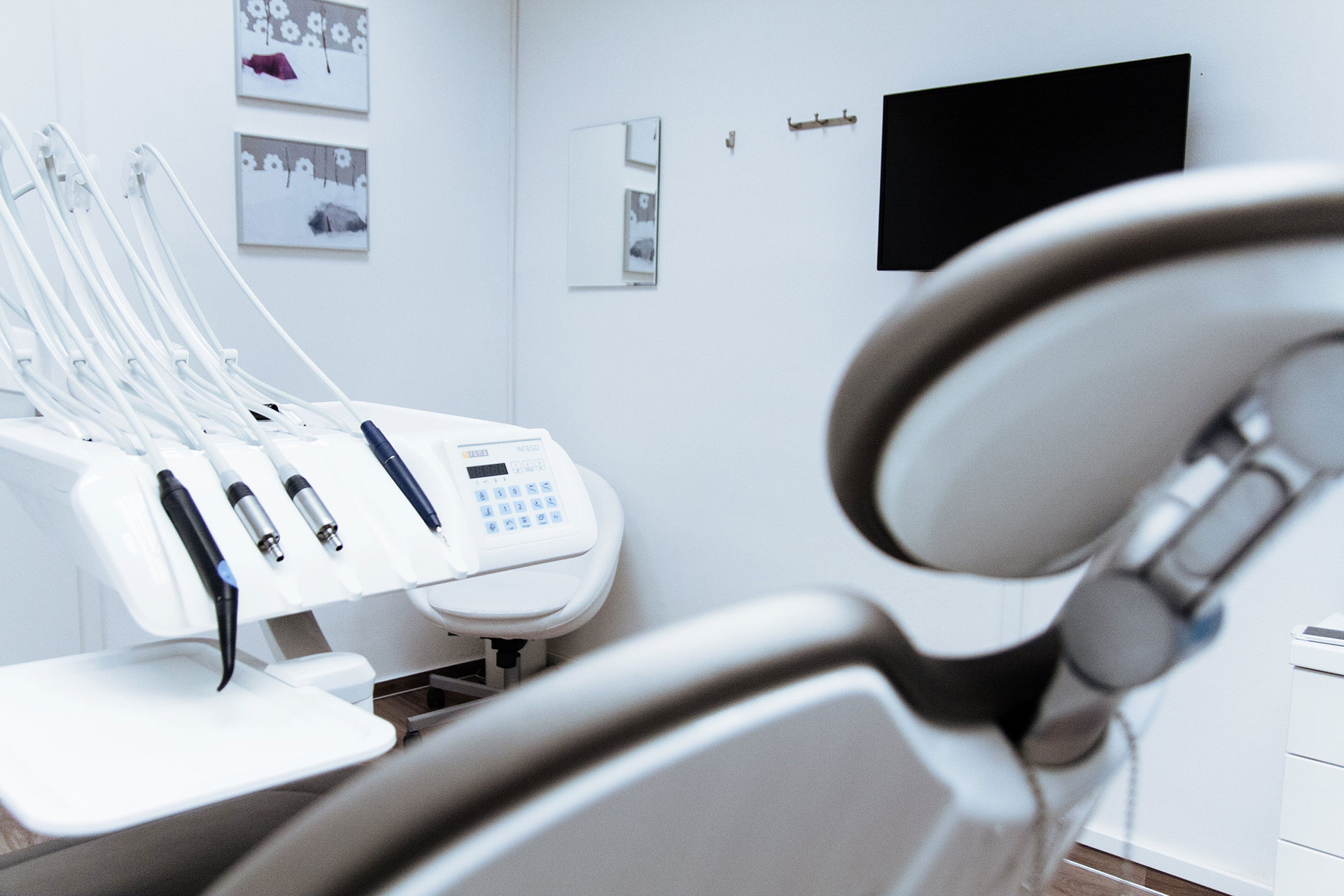Last fall, the New Jersey Board of Public Utilities (NJBPU) issued a new requirement necessitating that all operators or owners of commercial buildings 25,000 square feet or larger must benchmark their water and energy use. The first benchmarking reports detailing the amount of water and energy used in 2022 must be submitted by October 1, 2023.
NJBPU plans to notify all building owners and operators about the benchmarking submission deadline by July 1 — but here’s a sneak preview of what you can expect.
How did we get here?
Governor Murphy signed the New Jersey Clean Energy Act into law in 2018. This legislation establishes a 100% clean electricity standard for NJ, requiring the state to use clean, green, emission-free power for its electricity needs by 2035.
The act also required NJBPU to require owners and operators of commercial buildings to use the U.S. Environmental Protection Agency’s portfolio tool to benchmark energy and water consumption within five years of the Clean Energy Act’s passage. That time has arrived.
The 2019 NJ Energy Master Plan (EMP) includes Goal 3.3.2 to “establish transparent benchmarking and energy labeling” — a vital component in championing market-driven increases in energy efficiency.
This latest requirement adds NJ to a growing list of states and municipalities nationwide tasked with using benchmarking to measure commercial buildings’ water and energy performance. This benchmarking will:
- Enable commercial building owners and operators to measure and analyze the facilities’ water and energy use.
- Compare that usage to other similar buildings.
- Identify and assess other opportunities to incorporate performance improvements designed to reduce energy use and costs.
What is an Energy Benchmark Report?
We use benchmarking to determine energy efficiency. This indispensable tool not only allows building owners and operators to see how their buildings are doing — and compare the progress to previous years as well as similar buildings — but also helps the state plan strategically for future energy programs and manage emissions.
The report measures the energy used per square foot and compares your building’s energy-use intensity to other similar-use buildings (retail to retail, office to office, etc.), adjusting for weather zone and business operations, like:
- Number of employees
- Hours of operation
- Services provided
Since buildings may use electricity or gas (or both), the benchmarking expresses energy use intensity (EUI) by kBtu/sq. ft. — a common energy measurement allowing the gas usage (measured in therms) to be added to electrical usage (measured in kWh). You can then add both electrical and gas consumption together to calculate your building’s total energy use.
The ENERGY STAR portfolio manager assigns a score between 1 and 100 to help everyone understand how well a particular building performs, with 50 representing median energy performance. So half of the buildings use more (or less) energy per square foot. Buildings earning a score of 75 or higher (placing them in the top quartile of similar buildings in the national database) may qualify for ENERGY STAR certification, which is increasingly valuable in the commercial real estate (CRE) world.
You may also refer to the Commercial Building Energy Consumption Survey (CBECS), a national source of statistical information on all energy-related expenditures, consumption, and characteristics for more than 6 million commercial buildings (as of 2018) in the U.S.
Benchmarking water consumption
Benchmarking water consumption requires collecting data from water meters, submeters connected to data collection platforms, or invoices. Large properties typically receive monthly invoices. While you can estimate readings, the most reliable data comes from an automated collection platform.
Building owners and operators can determine the benchmark based on annual water use — and it’s generally related to the people or equipment using water rather than on square footage. The one exception? Water used in cooling towers for air conditioning. There may be other, more descriptive metrics available besides the benchmark metric of gallons per year per square foot in a commercial use building, like gallons used in:
- Data centers
- Supermarkets
- Retail
- Offices
ENERGY STAR’s Portfolio Manager has a tool for benchmarking water as well as energy. And there are many technology tools available for building owners and facility managers to measure and quantify water use — like real-time water metering systems connected via the Internet of Things (IoT) or Wi-Fi. Utility companies have added portals so users can log in to check water (and energy) usage on a daily basis, too.
For the purposes of the benchmarking reports due this October 1, 2023, use the data on energy and water consumption from last year (2022).
How NJ is helping
Over four years ago, Governor Murphy signed an executive order to shift businesses in the state from carbon emission sources toward renewables like electric, hydrogen, solar, and wind. The state is revising its Energy Master Plan, using “data-driven modeling” to “ensure the Energy Master Plan demonstrates the full economic and environmental impacts of clean energy policies.” The governor hopes the 2024 plan will “better capture economic costs and benefits and ratepayer impacts” associated with shifting and revising NJ’s energy sources.
Are you a commercial real estate investor or looking for a specific property to meet your company’s needs? We invite you to talk to the professionals at CREA United: an organization of CRE professionals from 92 firms representing all disciplines within the CRE industry, from brokers to subcontractors, financial services to security systems, interior designers to architects, movers to IT, and more.

